If you are an employer in Singapore, you must provide your employees with itemised payslips. Payslips must include certain information, such as basic pay, bonuses, and Central Provident Fund (CPF) deductions. With the rise of technology, many companies are now using computerised payslips to streamline their payroll processes.

Computerised payslips are generated by a computer and typically look like a letter. They are recognised by many banks and financial institutions in Singapore. However, it is important to note that not all computerised payslips are created equal. Some banks may only accept payslips generated by certain software or systems.
If you are considering implementing computerised payslips in your company, it is important to choose the right format and software. You must also ensure that your payslips comply with the legal requirements set out in the Employment Act. By doing so, you can streamline your payroll processes, maintain accuracy and security, and ensure that your employees receive the information they need to understand their pay.
Key Takeaways
- Computerised payslips are becoming more common in Singapore.
- Payslips must include certain information and comply with legal requirements.
- Choosing the right format and software is important for maintaining accuracy and security.
Understanding Payslip Components
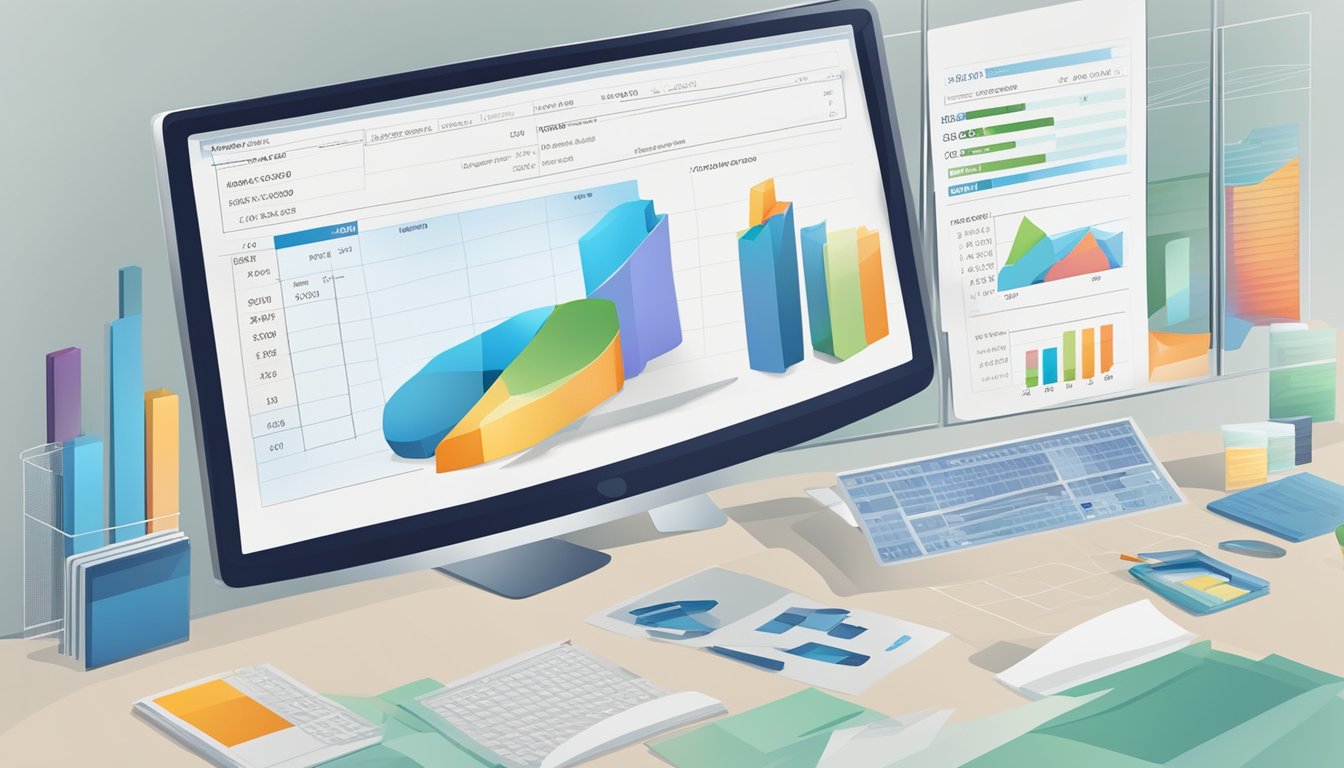
When it comes to computerised payslips in Singapore, it’s important to understand the various components that make up an employee’s salary. Here’s a breakdown of the main items you can expect to see on your payslip.
Salary Breakdown
The salary breakdown on your payslip will typically show your basic salary, which is the amount you earn before any deductions or additional payments. If you’re an hourly worker, your payslip will show the number of hours you worked and your hourly rate. If you worked overtime hours, you’ll also see the amount of overtime pay you earned.
Allowances and Deductions
In addition to your basic salary, your payslip may also include allowances and deductions. Allowances are payments made to you for specific purposes, such as a transport allowance or a meal allowance. Deductions, on the other hand, are amounts that are subtracted from your salary, such as your employee’s CPF contribution or any taxes you owe.
CPF Contributions and Overtime Pay
Your payslip will also show your CPF contributions, which are mandatory contributions made by both you and your employer to your Central Provident Fund account. If you worked overtime hours, your payslip will show the amount of overtime pay you earned.
It’s important to note that the salary period on your payslip may vary depending on your employment contract. For daily or piece-rated workers, the salary period may be daily. For other employees, the salary period may be monthly.
Fixed allowances, such as a housing allowance or a uniform allowance, will be reflected in your payslip every month. Ad-hoc allowances, such as a one-time bonus or a performance-based incentive, will only be reflected in the payslip for the month in which they were paid. Similarly, fixed deductions, such as your employee’s CPF contribution or your income tax, will be reflected in your payslip every month. Ad-hoc deductions, such as a repayment of an advance salary or a fine, will only be reflected in the payslip for the month in which they were deducted.
By understanding the various components of your computerised payslip, you can ensure that you’re being paid accurately and fairly.
Legal Requirements for Payslips in Singapore
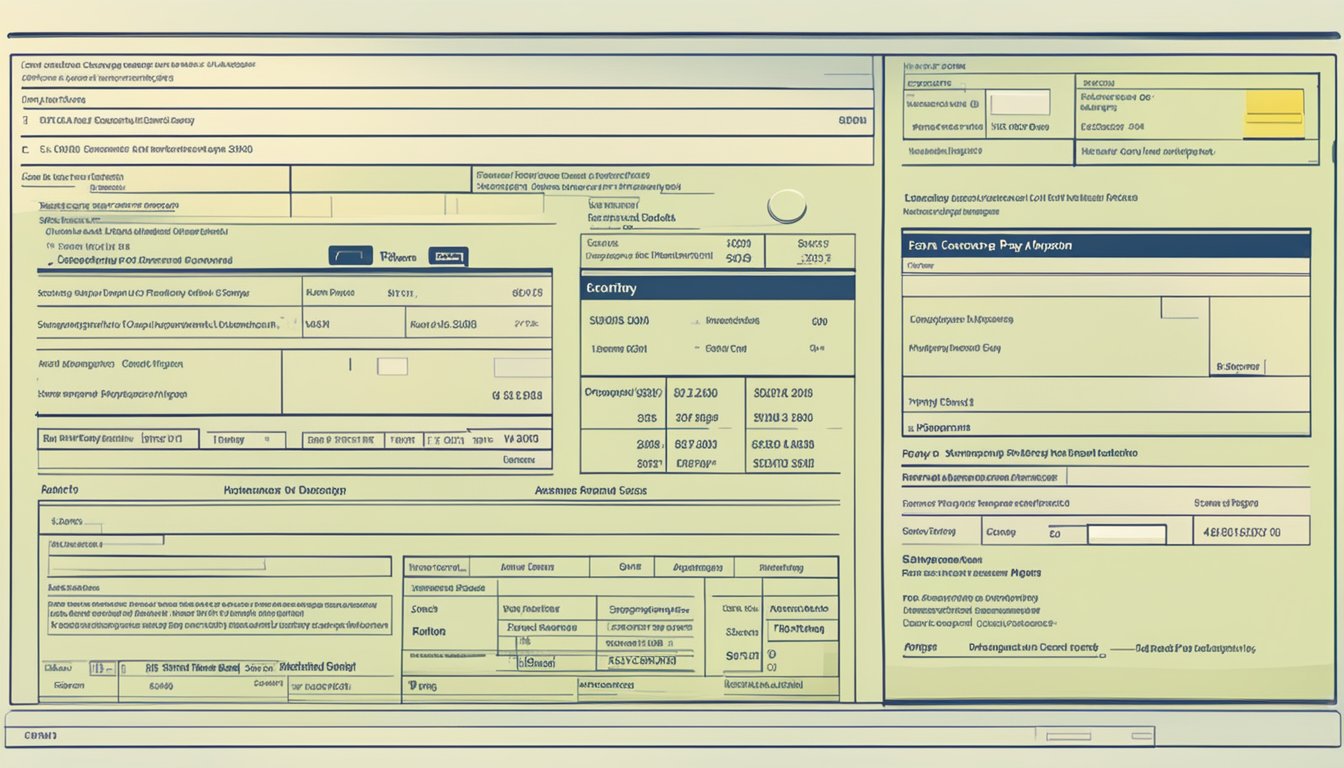
When it comes to payslips in Singapore, there are certain legal requirements that employers must comply with. Failure to do so can result in penalties and legal action. In this section, we will discuss the legal requirements for payslips in Singapore, including compliance with the Employment Act and the mandate for itemised payslips.
Employment Act Compliance
The Employment Act is the main legislation governing employment practices in Singapore. It applies to most employees, including both local and foreign employees. Under the Employment Act, employers are required to issue payslips to their employees.
Payslips must be issued to employees within 7 days of the end of each salary period. The payslip must include the full name of the employer and the employee, the date of payment, the net salary paid, and the start and end date of the salary period.
Itemised Payslip Mandate
In addition to the requirements under the Employment Act, employers must also issue itemised payslips to their employees. Itemised payslips must include the following items, unless an item is not applicable:
- Full name of employer
- Full name of employee
- Date of payment
- Basic salary for the salary period
- Start and end date of the salary period
- Allowances paid for the salary period, such as overtime pay, bonus, or allowances
- Deductions made for the salary period, such as CPF contributions, taxes, or deductions for absence from work
- Net salary paid for the salary period
Employers must issue itemised payslips to all employees covered by the Employment Act. Payslips can be issued in either electronic or hard copy formats, but digital payslips must be made available and serviceable by workers in the event they need to refer to them in the future.
It is important for employers to keep records of payslips issued to employees for at least 2 years. Failure to comply with the requirements for payslips can result in penalties and legal action. Employers are advised to seek legal advice if they are unsure about their obligations under the law.
In conclusion, employers in Singapore must comply with legal requirements for payslips, including compliance with the Employment Act and the mandate for itemised payslips. Payslips must include specific information, and employers must keep records of payslips issued to employees. Failure to comply with payslip requirements can result in penalties and legal action, so it is important for employers to understand their obligations under the law.
Choosing the Right Payslip Format
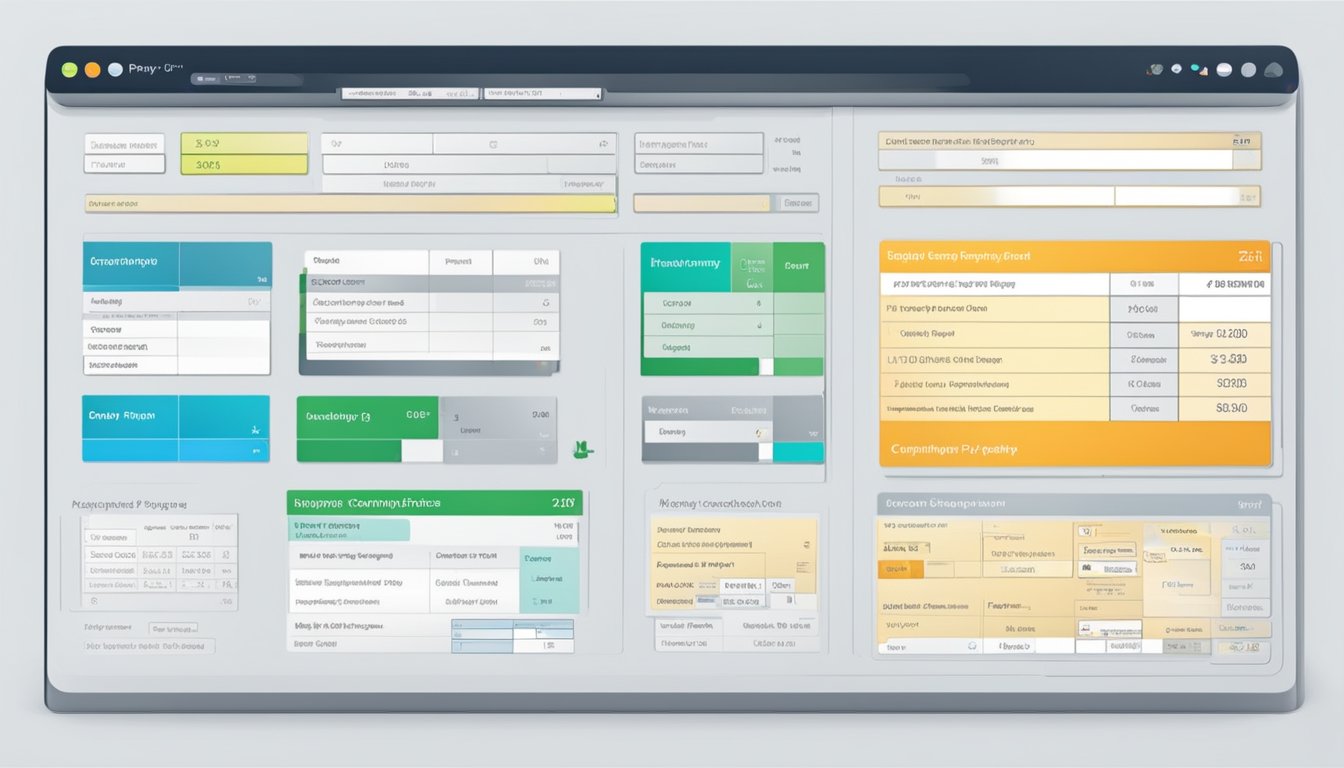
When it comes to payslips, choosing the right format is essential. The format you choose should be easy to understand and secure enough to prevent unauthorized access. In this section, we’ll discuss the different types of payslip formats available and the features you should look for when choosing a format.
Digital vs Physical Payslips
One of the first decisions you’ll need to make is whether to use physical or digital payslips. Physical payslips are hard copies that are printed and handed out to employees. Digital payslips, on the other hand, are sent electronically to employees via email or a secure online portal.
Digital payslips offer several advantages over physical payslips. They are more convenient, as employees can access them from anywhere with an internet connection. They are also more secure, as they can be password-protected and encrypted to prevent unauthorized access.
Essential Payslip Features
Regardless of whether you choose a physical or digital payslip format, there are certain features that every payslip should include. These features include:
- Employee details: The payslip should include the employee’s name, address, and employee ID number.
- Payment details: The payslip should include details of the employee’s payment, including their gross pay, deductions, and net pay.
- Itemised pay slip: The payslip should include an itemised breakdown of the employee’s pay, including details of any overtime pay, bonuses, and other salary-related matters.
- Security: The payslip should be secure enough to prevent unauthorized access. If you’re using a digital payslip format, make sure it is password-protected and encrypted.
- Payslip template: Use a payslip template that is easy to read and understand. This will help to avoid confusion and ensure that employees can easily understand their pay.
In conclusion, choosing the right payslip format is essential for both employers and employees. By using a format that is easy to understand and secure, you can ensure that your employees are paid accurately and on time.
Implementing Payroll Software Solutions
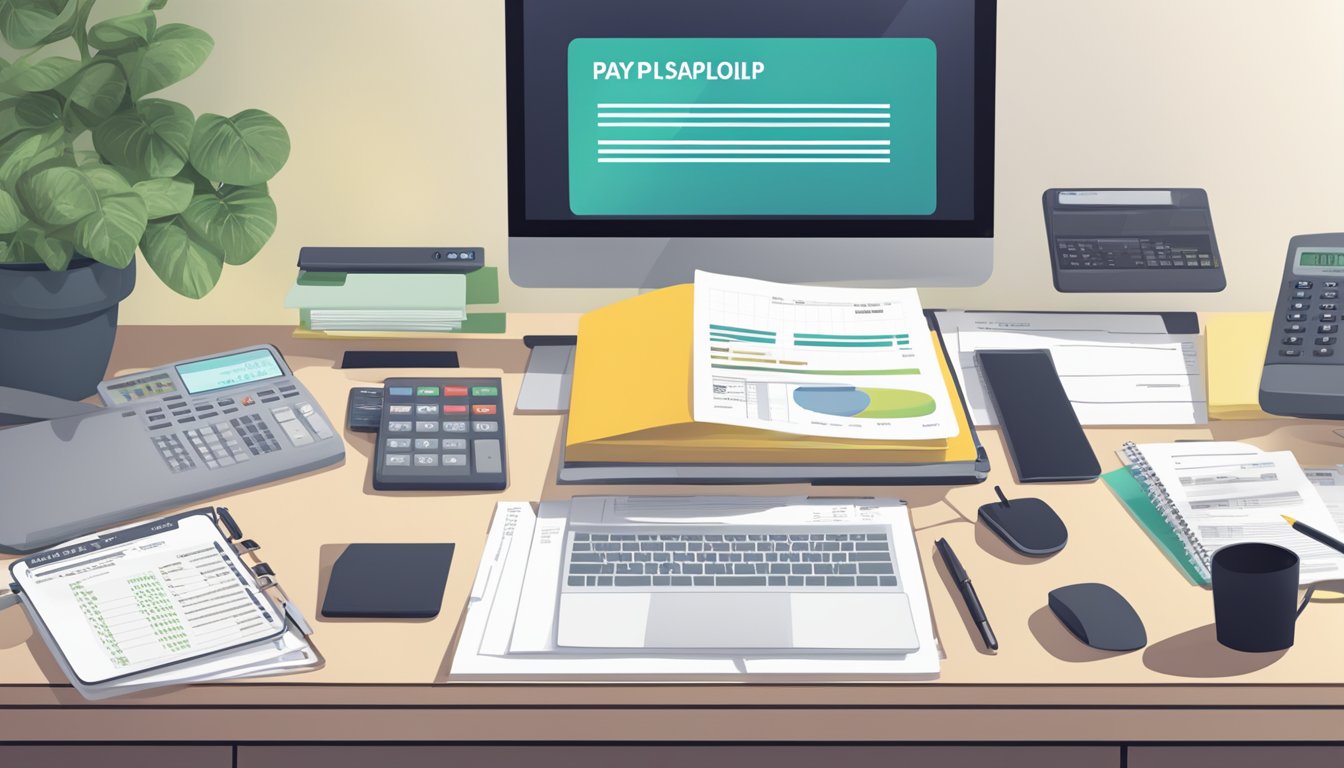
If you are a business owner, you know how important it is to have a streamlined payroll process. This is where payroll software comes in. With the help of payroll software, you can automate your payroll system and save time and money. In this section, we will discuss the advantages of using payroll software for SMEs and the government grants and support available for businesses in Singapore.
Advantages for SMEs
One of the main advantages of using payroll software is that it can help increase productivity. By automating the payroll process, you can save time and reduce errors. This means that your HR managers can focus on other important tasks, such as employee engagement and development.
In addition, payroll software can help you stay compliant with the latest amendments to the Employment Act. For example, it is now mandatory for employers to provide itemised payslips to employees. With payroll software, you can generate itemised payslips quickly and easily.
Government Grants and Support
The Singapore government offers various funding and support schemes to help SMEs implement payroll solutions. One such scheme is the Productivity Solutions Grant (PSG). The PSG provides funding of up to $80,000 to help businesses adopt IT solutions, including payroll software.
To apply for the PSG, you need to attend a pre-approved workshop to learn more about the available IT solutions. Once you have attended the workshop, you can submit your application for funding.
In addition to the PSG, there are other grants and support schemes available for SMEs in Singapore. For example, the Skills Development Levy (SDL) can be used to fund training programmes for your employees. This can help you improve the skills of your workforce and increase productivity.
Overall, implementing payroll software solutions can help you streamline your payroll process and save time and money. With the support of the Singapore government, SMEs can access funding and workshops to help them adopt payroll software and other IT solutions.
Maintaining Payroll Accuracy and Security
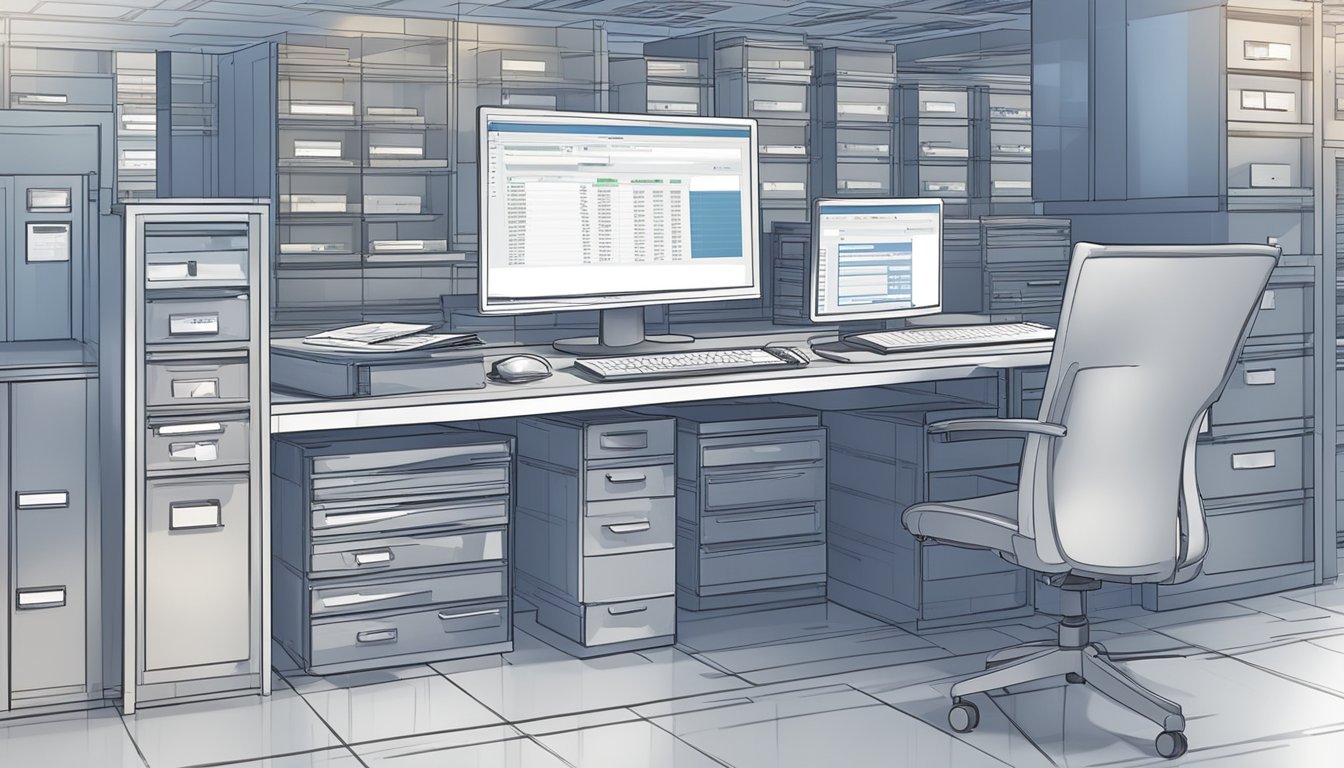
When it comes to managing payroll processing, accuracy and security are of utmost importance. As a business owner, you need to ensure that your employees’ wages and central provident fund (CPF) deductions are calculated correctly, and that the net salary paid in total is accurate. Additionally, you must maintain proper records and comply with all applicable regulations.
Regular Audits and Updates
To maintain payroll accuracy, it is essential to conduct regular audits and updates. This can help identify any discrepancies or errors in your payroll system and ensure that all records are up to date. By doing so, you can avoid any potential issues with compliance and avoid penalties.
Advisory services can be of great help in this regard. They can provide you with expert advice on how to maintain accurate and secure payroll records, and help you identify any areas of improvement. With their assistance, you can ensure that your payroll system is always up to date and compliant with all relevant regulations.
Confidentiality and Trust
Confidentiality and trust are also crucial when it comes to maintaining payroll security. Your employees trust you to keep their personal and financial information secure, and it is your responsibility to ensure that this information is protected.
To maintain confidentiality, it is essential to limit access to payroll information to only those who need it. This can be achieved by implementing strict access controls and ensuring that all employees who handle payroll information are properly trained in data security.
Additionally, you can consider implementing encryption and other security measures to protect your payroll data from unauthorised access. By doing so, you can ensure that your employees’ personal and financial information remains secure and that you maintain their trust.
In conclusion, maintaining payroll accuracy and security is critical for any business. By conducting regular audits and updates and ensuring confidentiality and trust, you can ensure that your payroll system is always up to date, accurate, and secure. With the help of advisory services, you can streamline your payroll process and avoid any potential issues with compliance.
Frequently Asked Questions
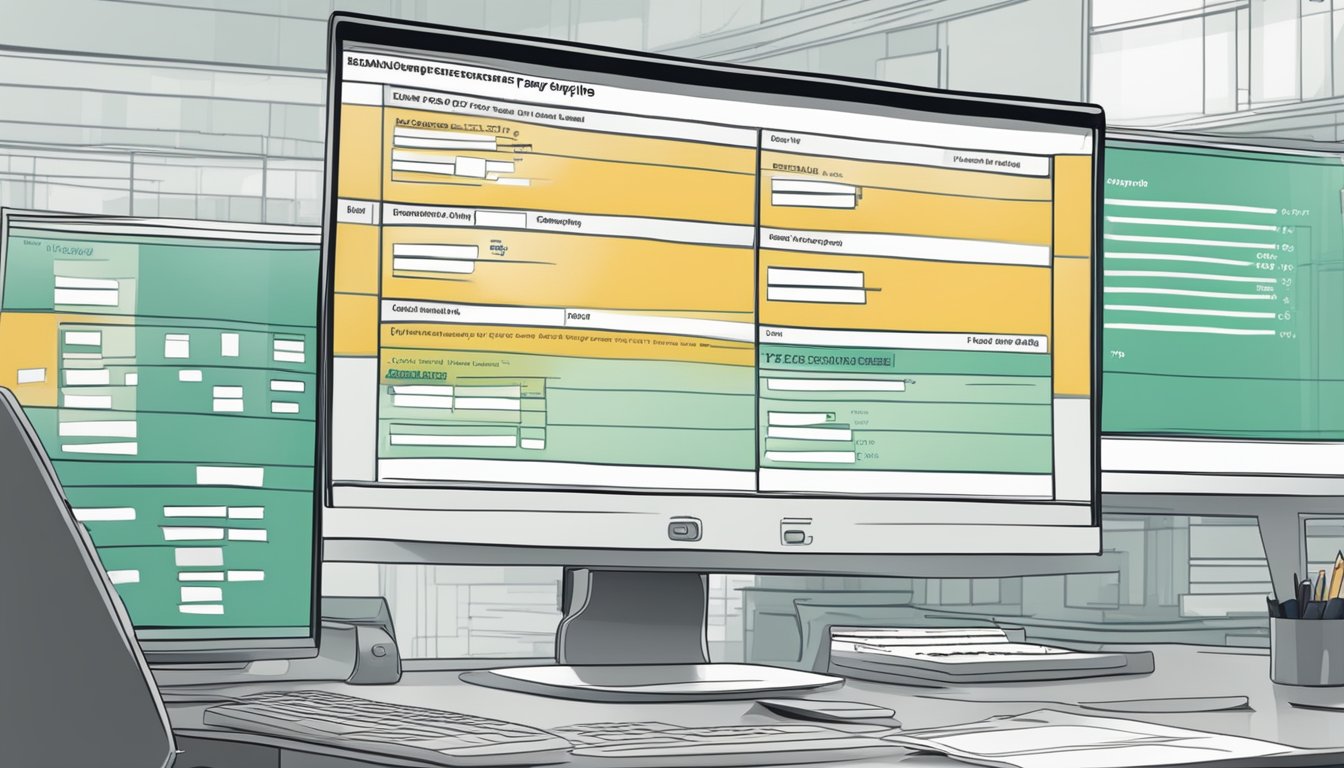
How can I generate payslips for my employees in Singapore?
Generating payslips for your employees in Singapore is a fairly simple process. You can use a computerised payroll software that is approved by the Ministry of Manpower (MOM) to generate payslips for your employees. Alternatively, you can create payslips using Excel or any other spreadsheet software.
What are the legal requirements for issuing payslips in Singapore?
According to the Employment Act, employers in Singapore are required to issue itemised payslips to all employees covered by the act. Payslips must include information such as basic pay, overtime pay, bonuses, Central Provident Fund (CPF) deductions and other salary-related matters. Payslips may be issued in either electronic or hard copy formats.
Which payroll software do experts in Singapore most recommend?
There are several payroll software options available in Singapore that are approved by MOM. Some of the most recommended payroll software options include Spenmo, Talenox, and Gpayroll. These software solutions are user-friendly and offer a range of features to help you manage your payroll effectively.
Are there any free payroll solutions available in Singapore?
Yes, there are free payroll solutions available in Singapore such as Payboy and JustLogin. These software solutions offer basic payroll features and are suitable for small businesses with a limited budget.
What are the essentials to include in a Singaporean payslip?
A Singaporean payslip must include basic pay, overtime pay, bonuses, Central Provident Fund (CPF) deductions, and other salary-related matters. It is also recommended that payslips include the employee’s name, identification number, and the period for which the payslip is issued.
How can I create a payslip using Excel in Singapore?
Creating a payslip using Excel is a simple process. You can use a pre-designed payslip template or create your own. Ensure that you include all the necessary information such as basic pay, overtime pay, bonuses, CPF deductions, and other salary-related matters. You can also include your company logo and other branding elements to give your payslips a professional look.




